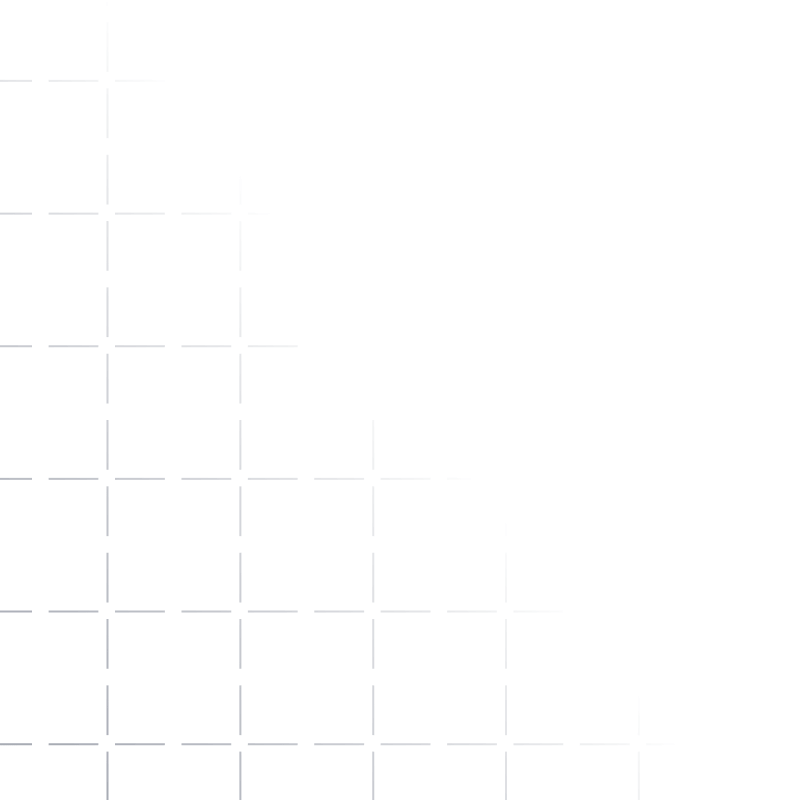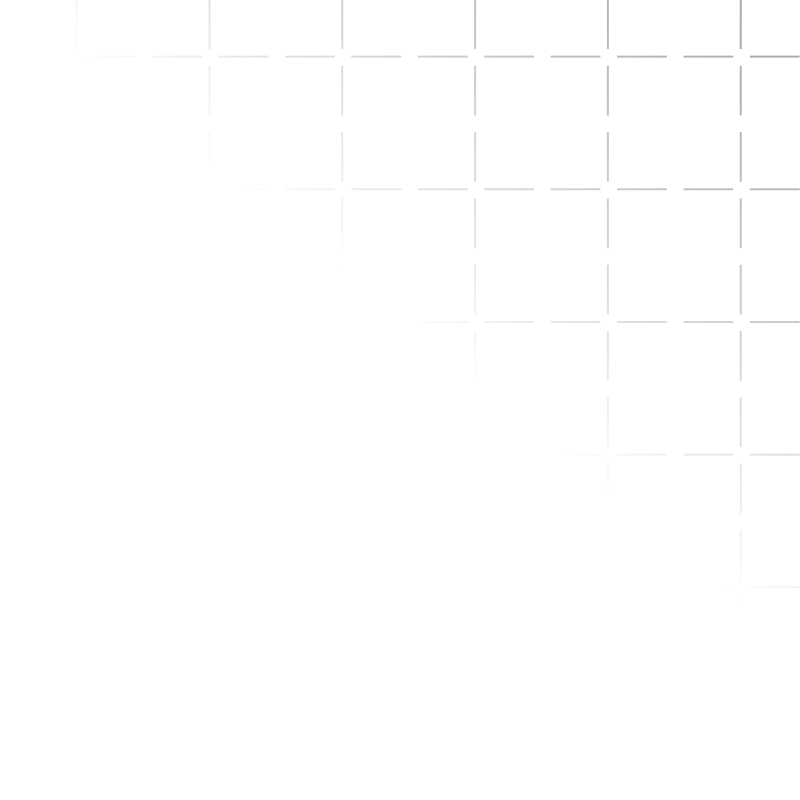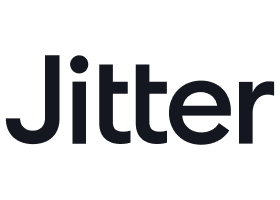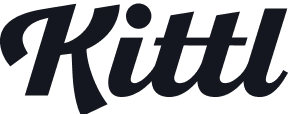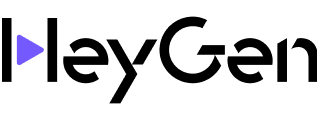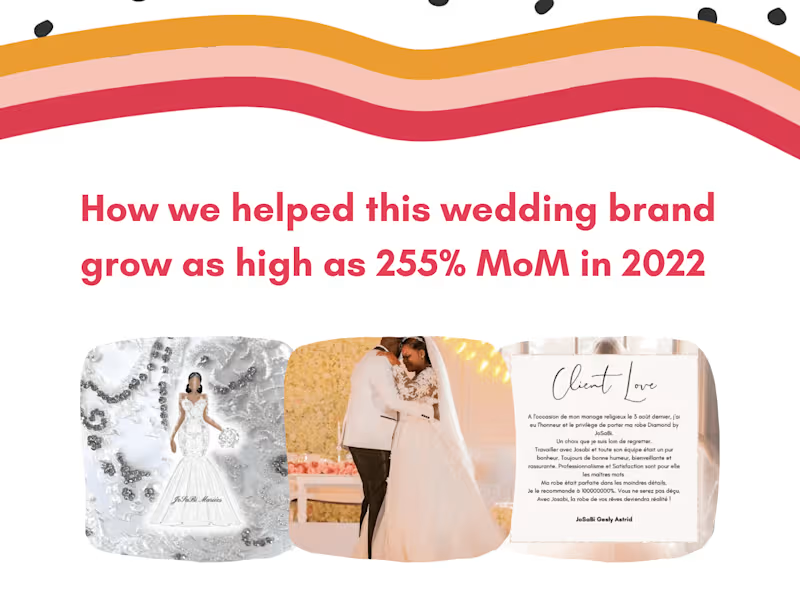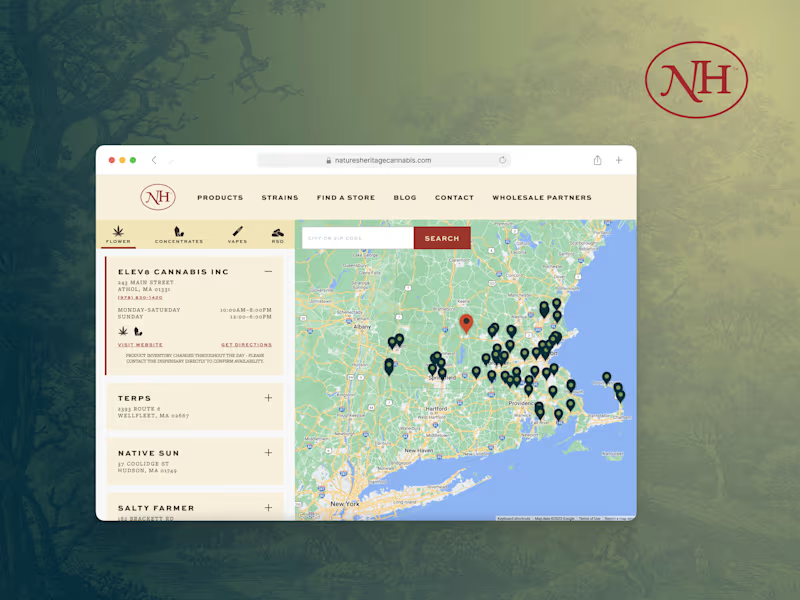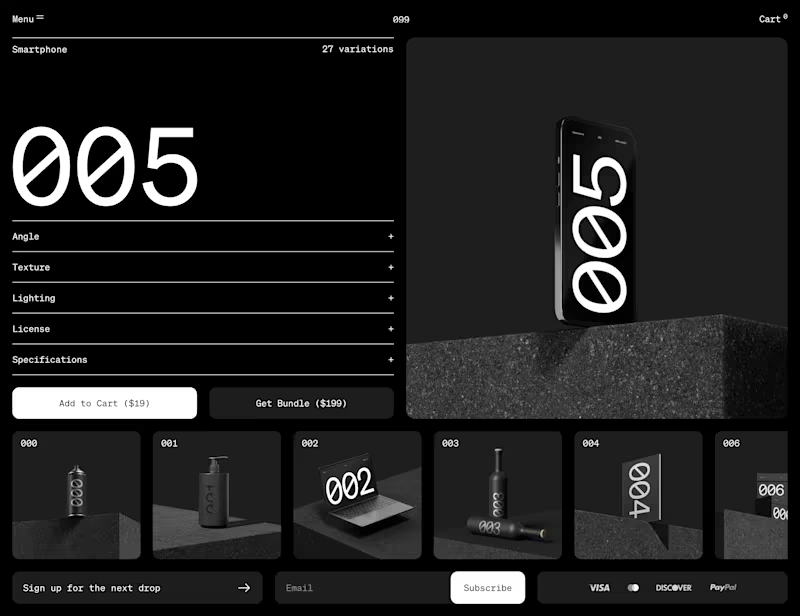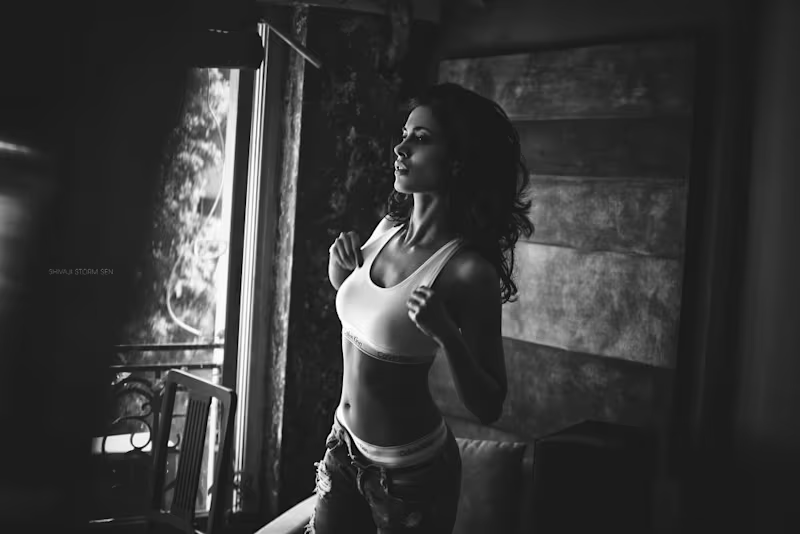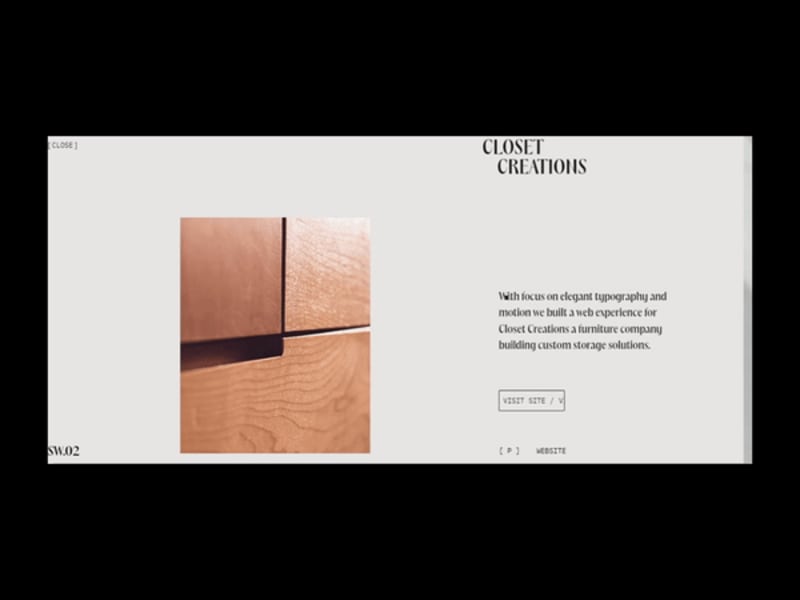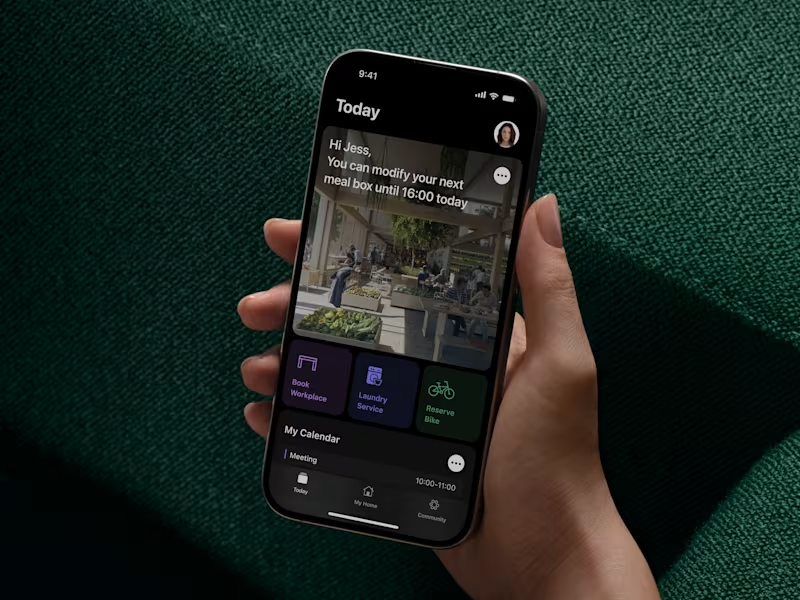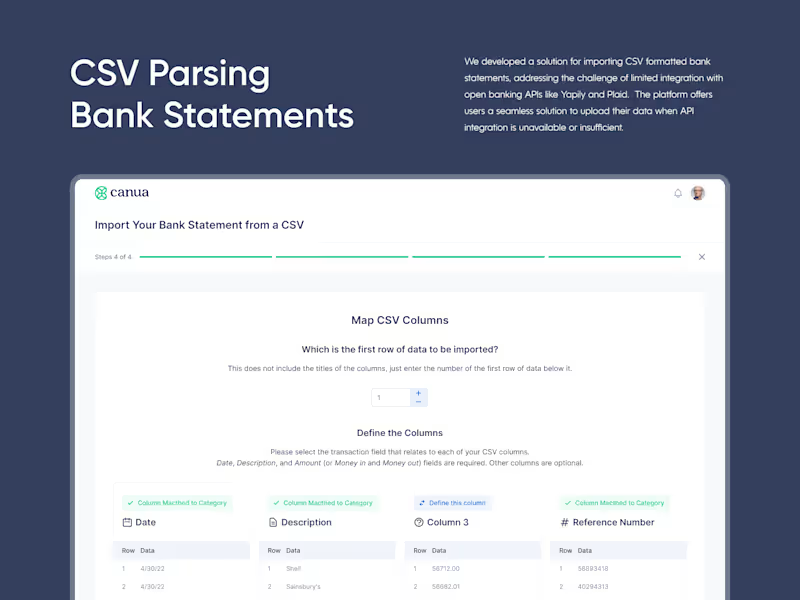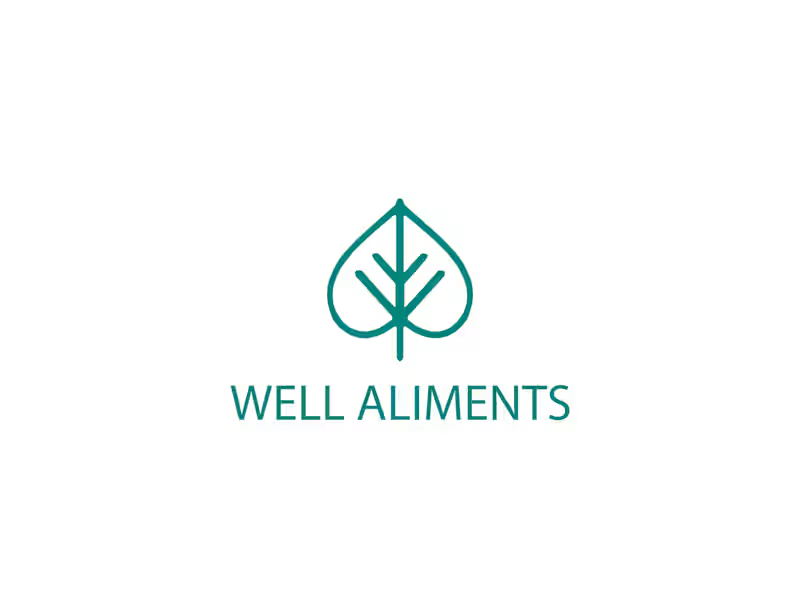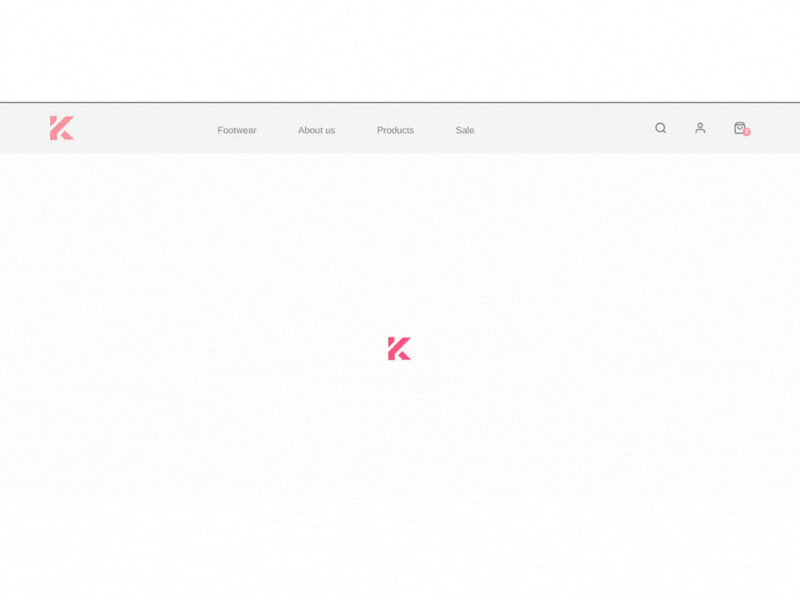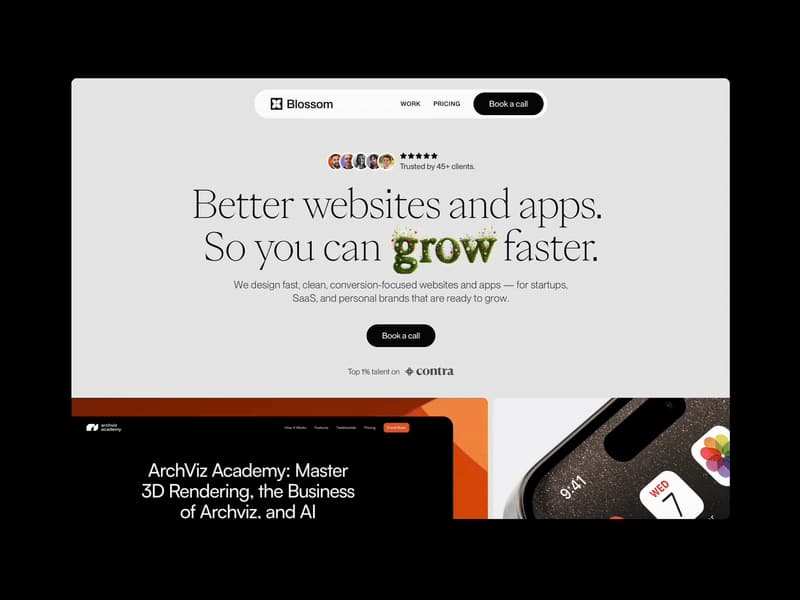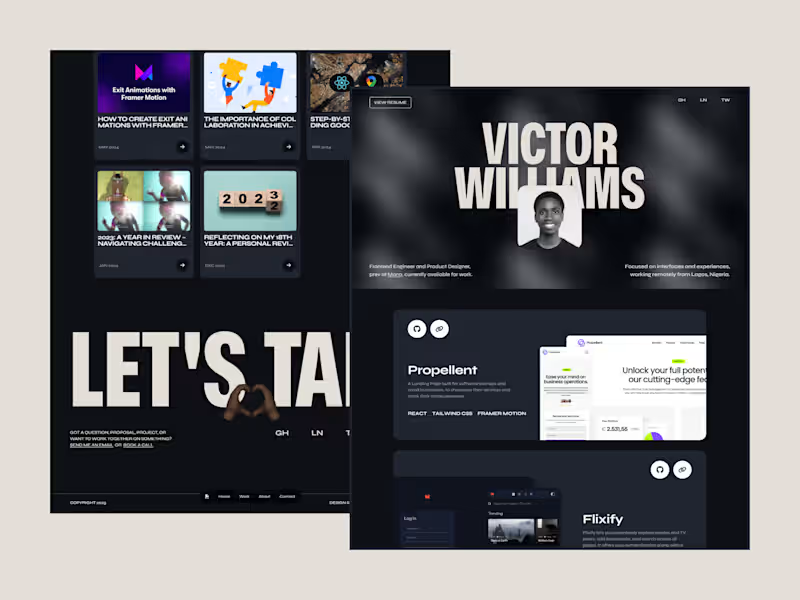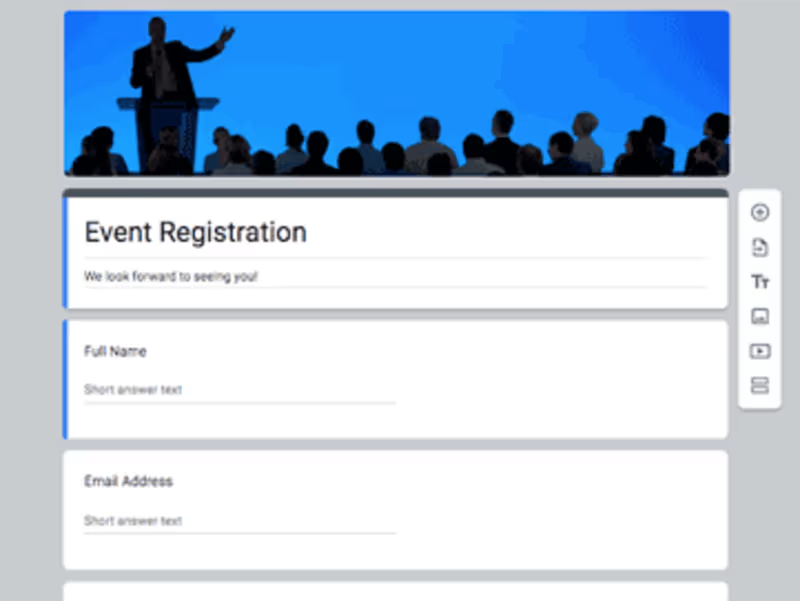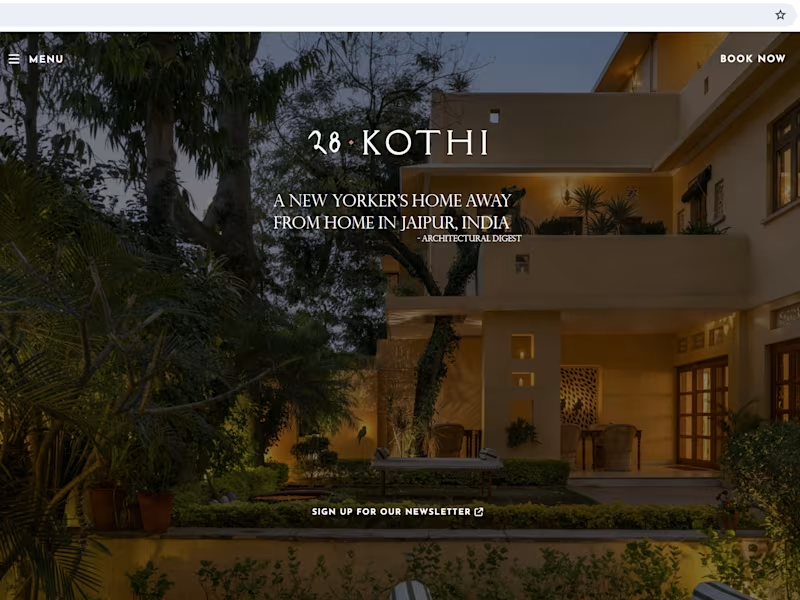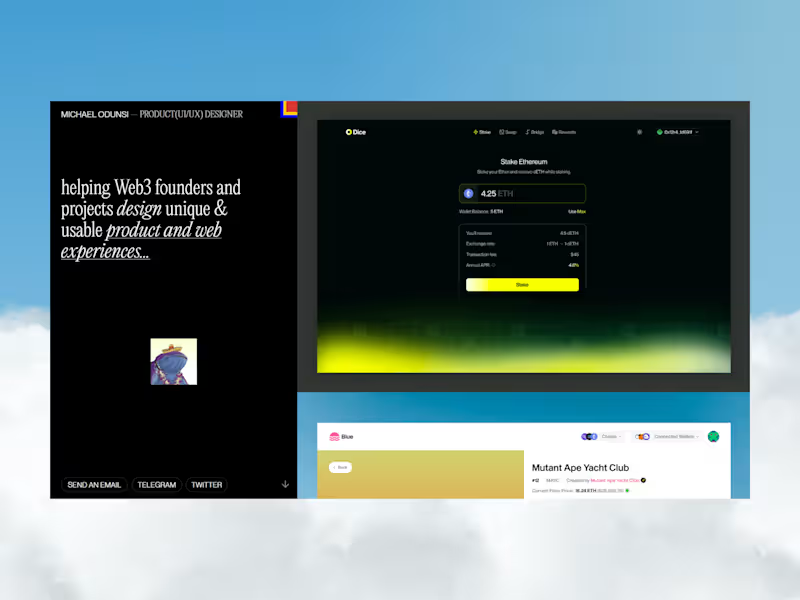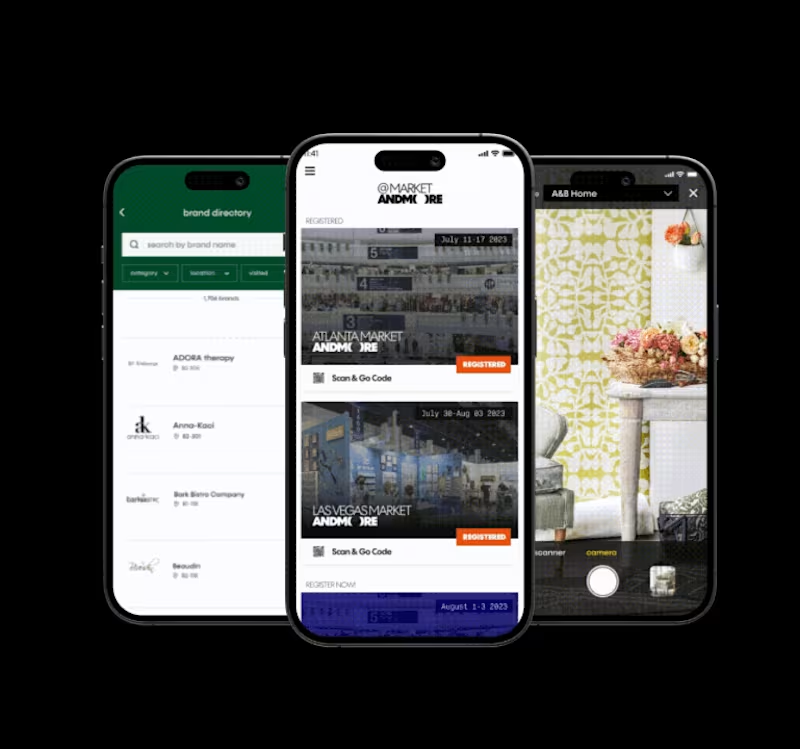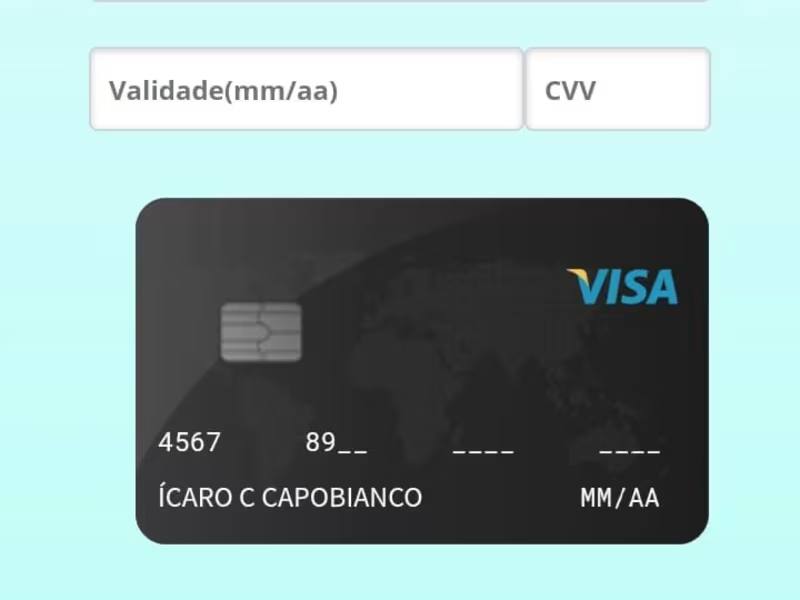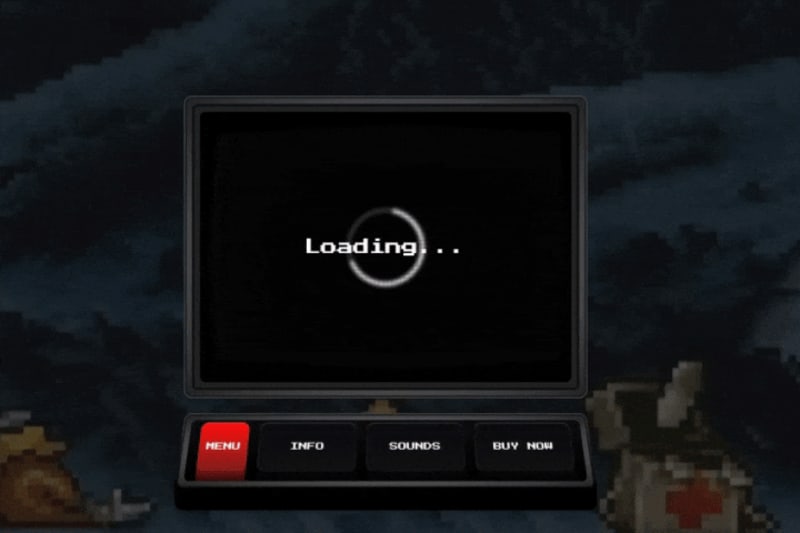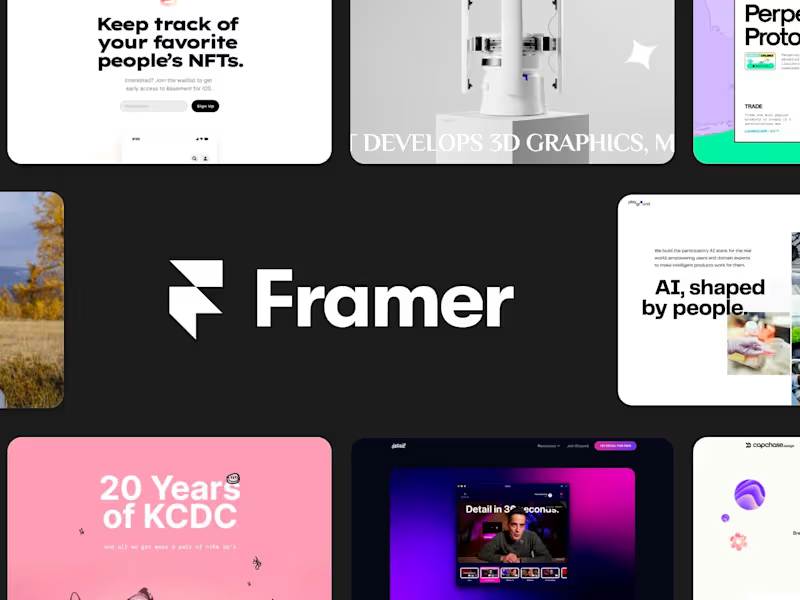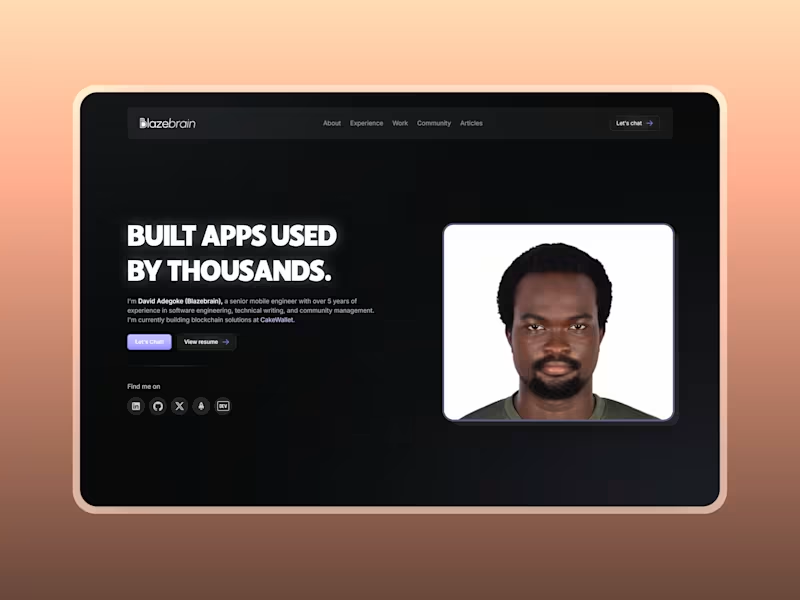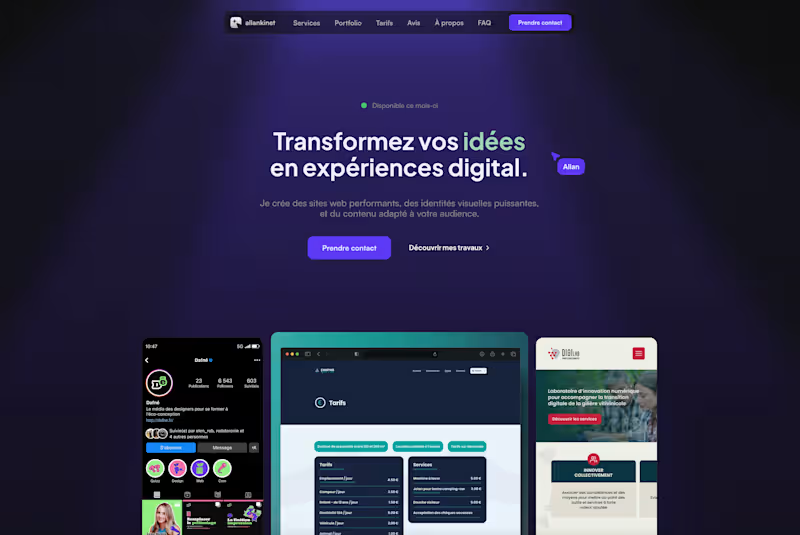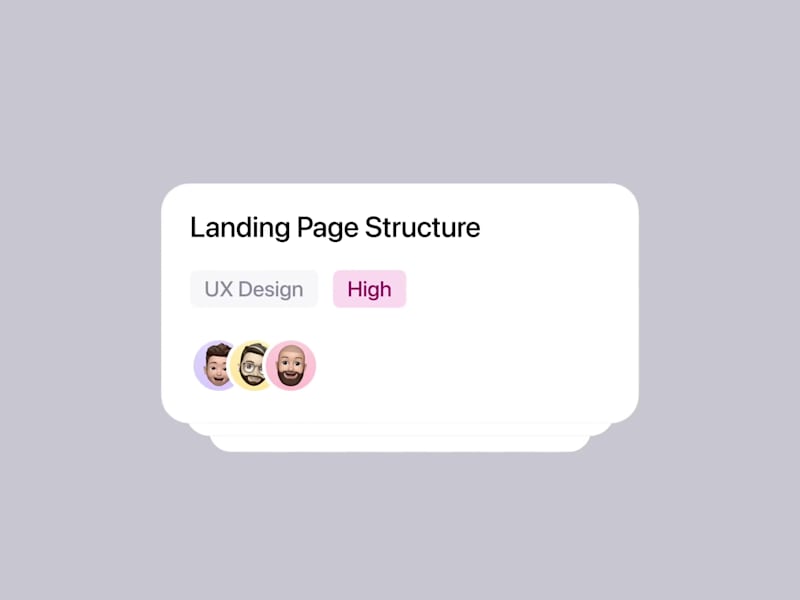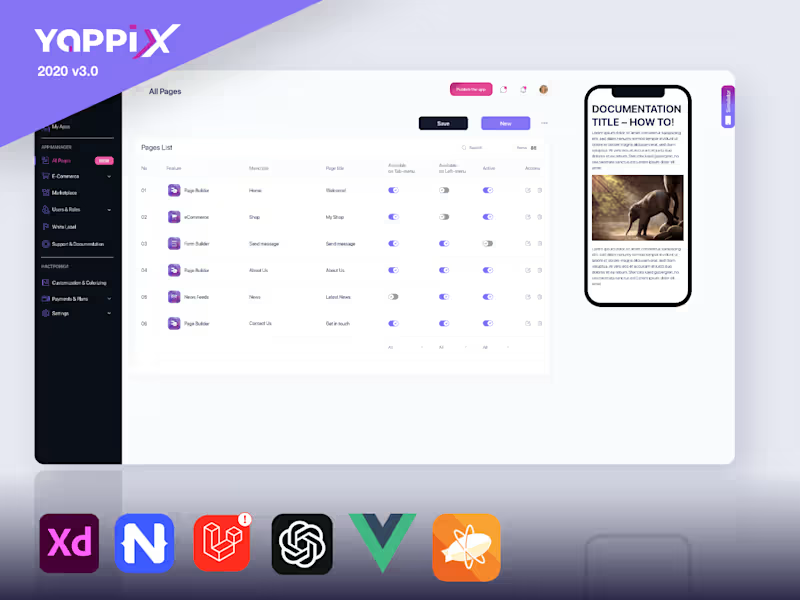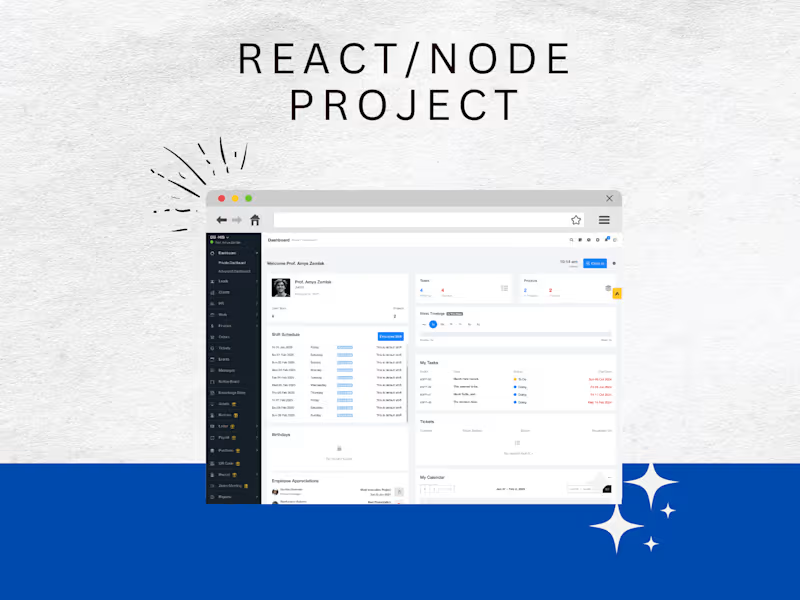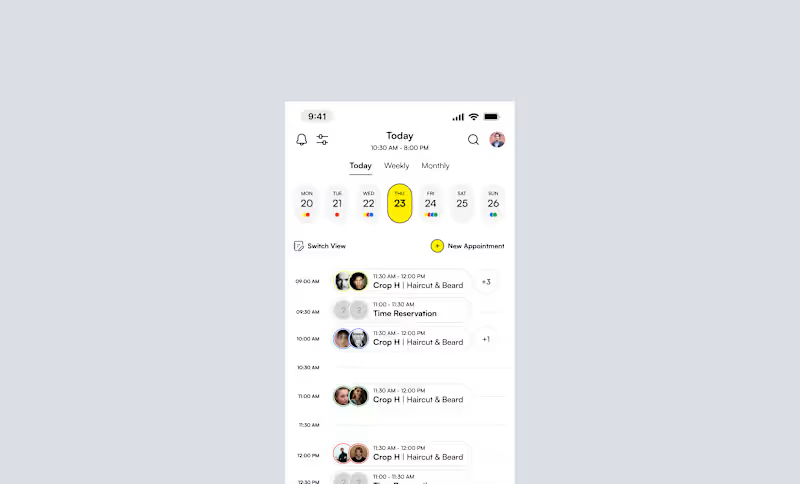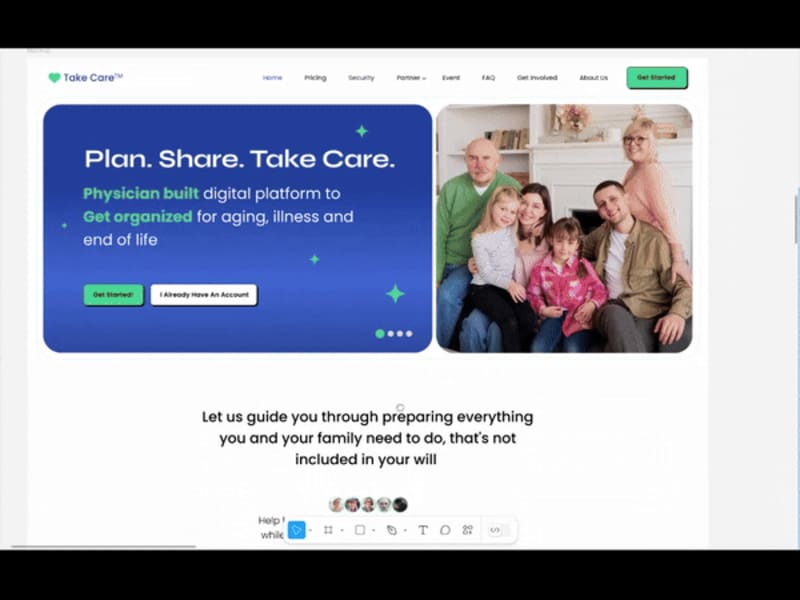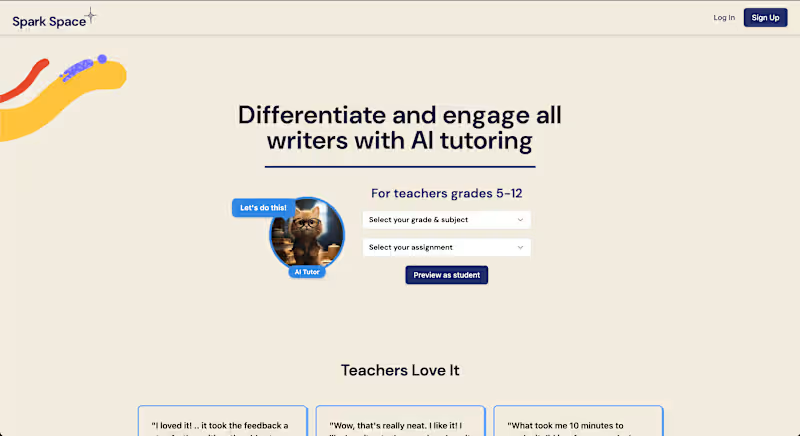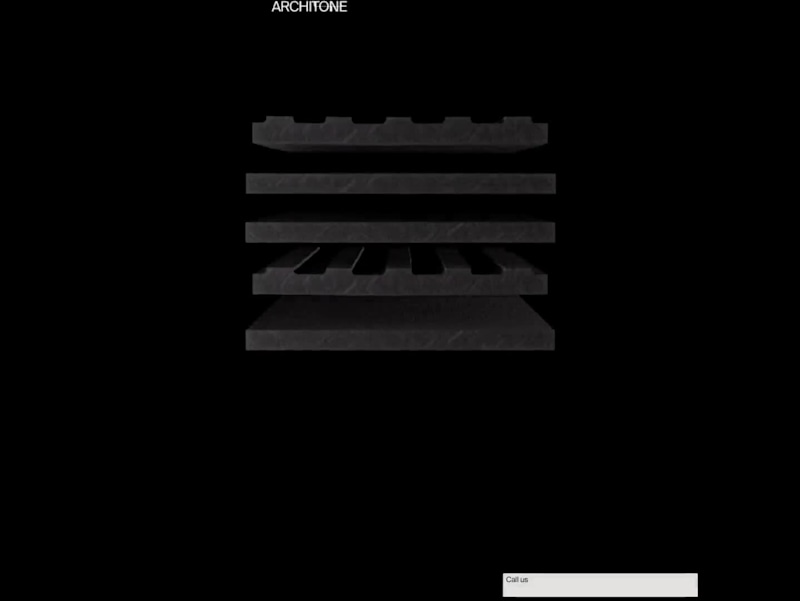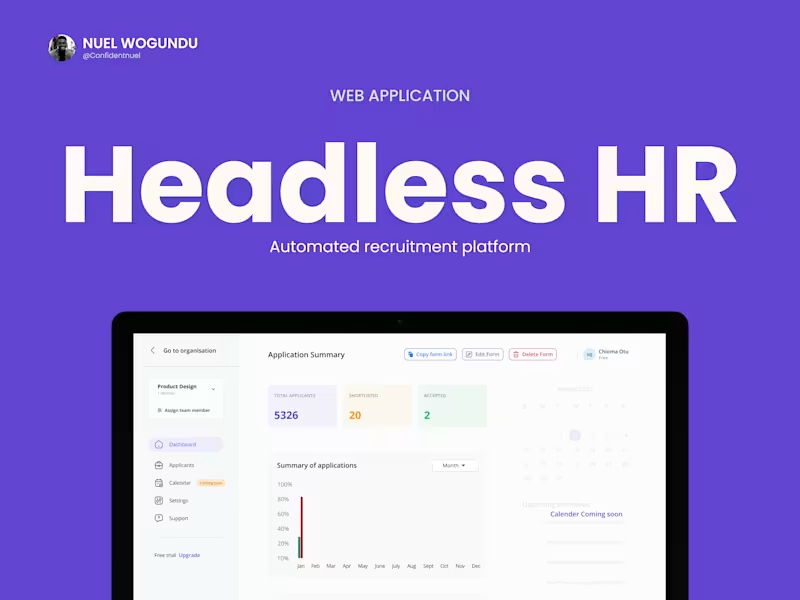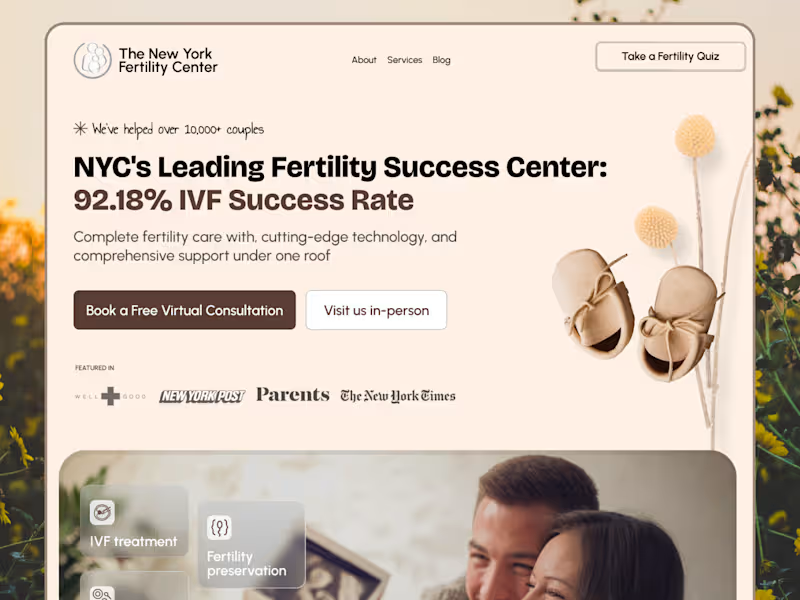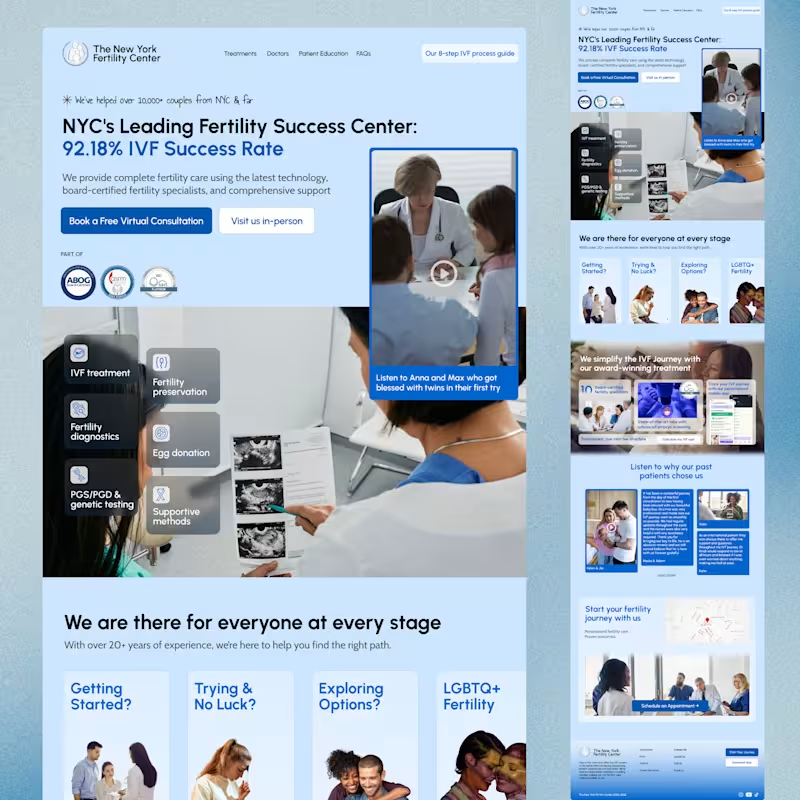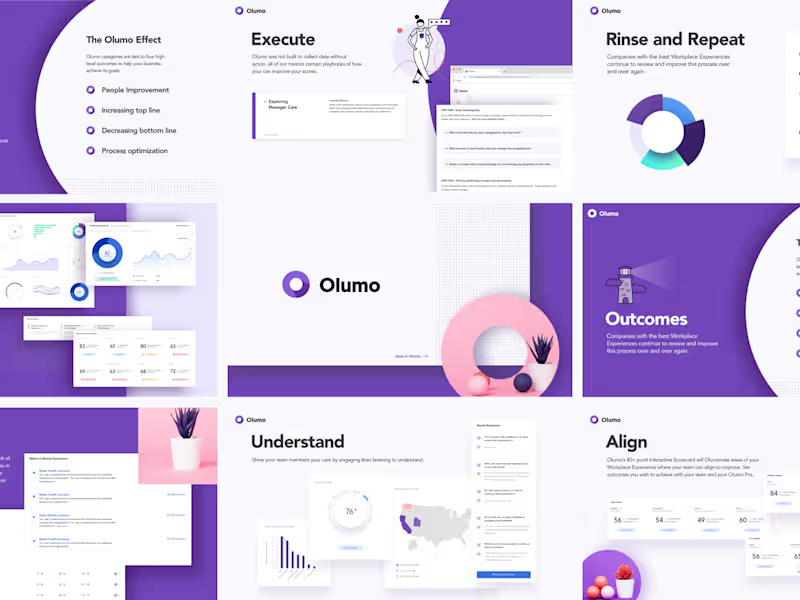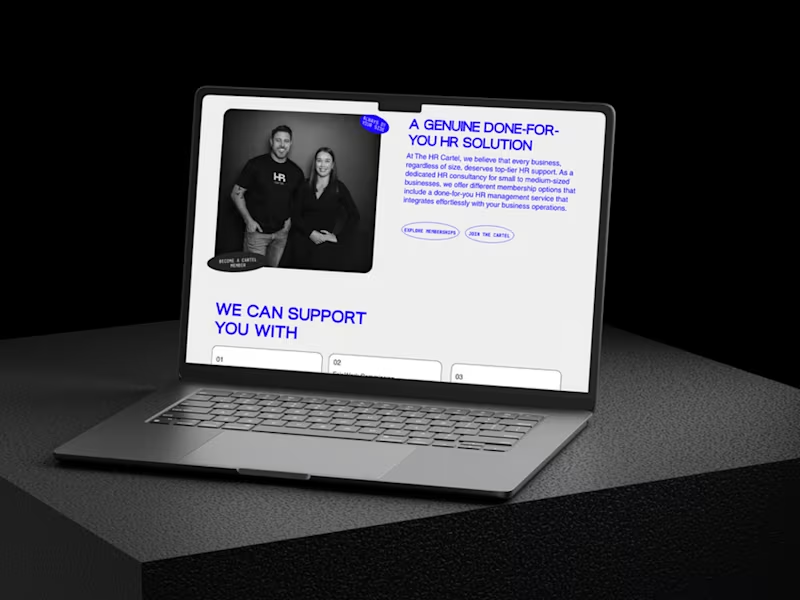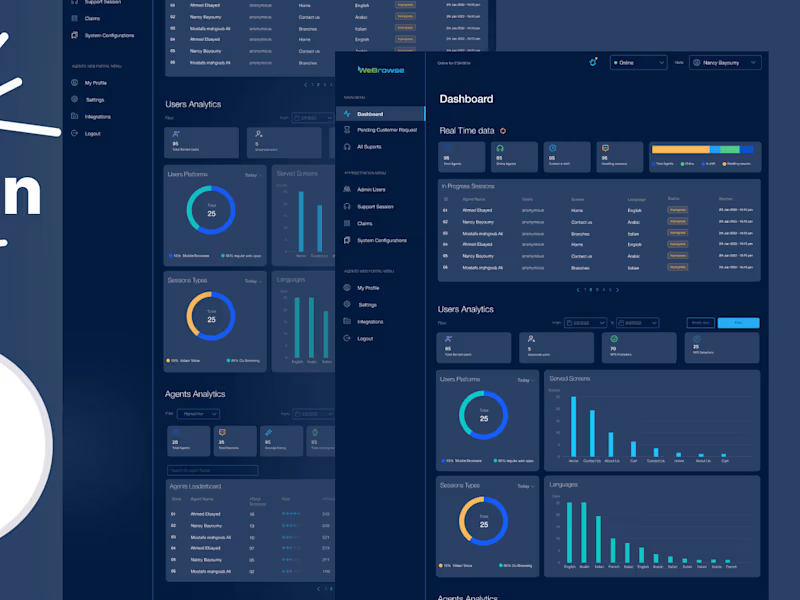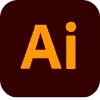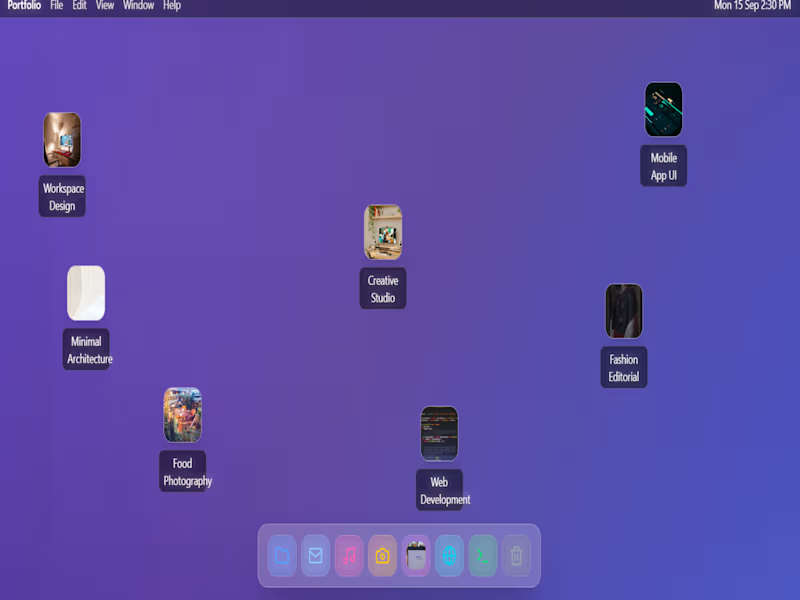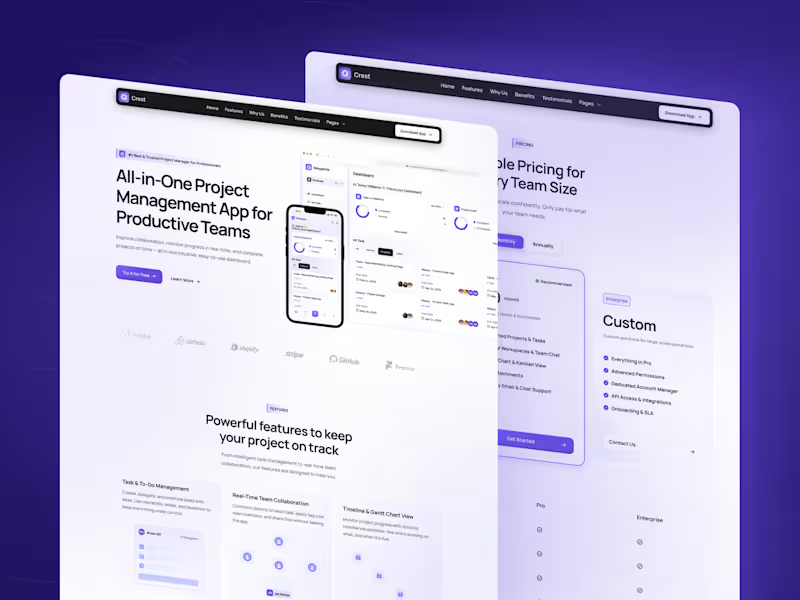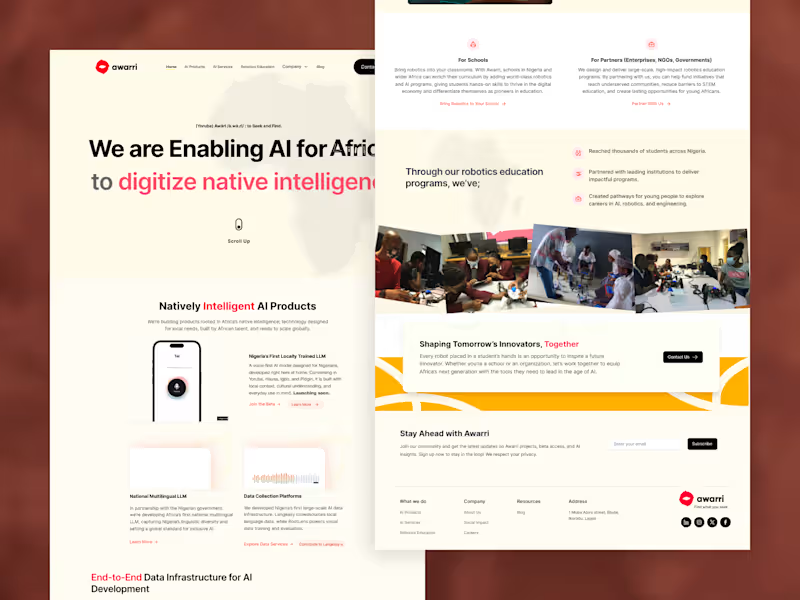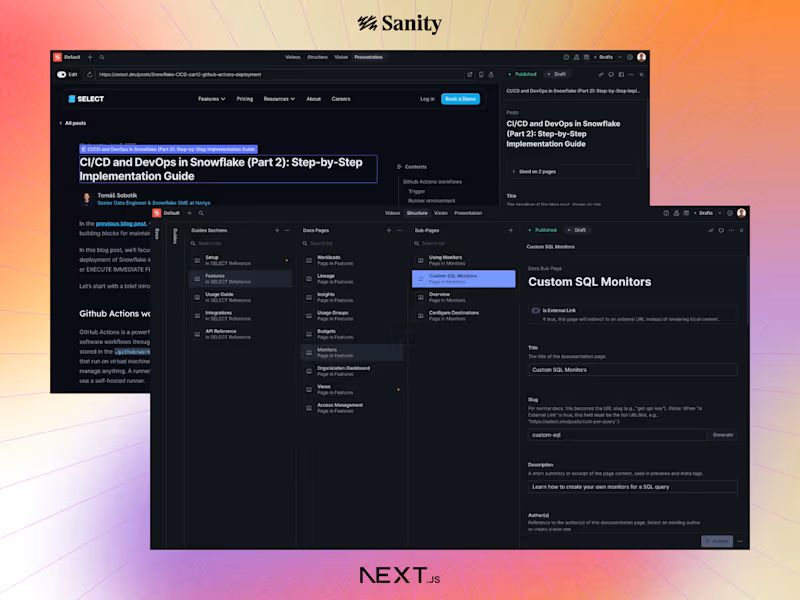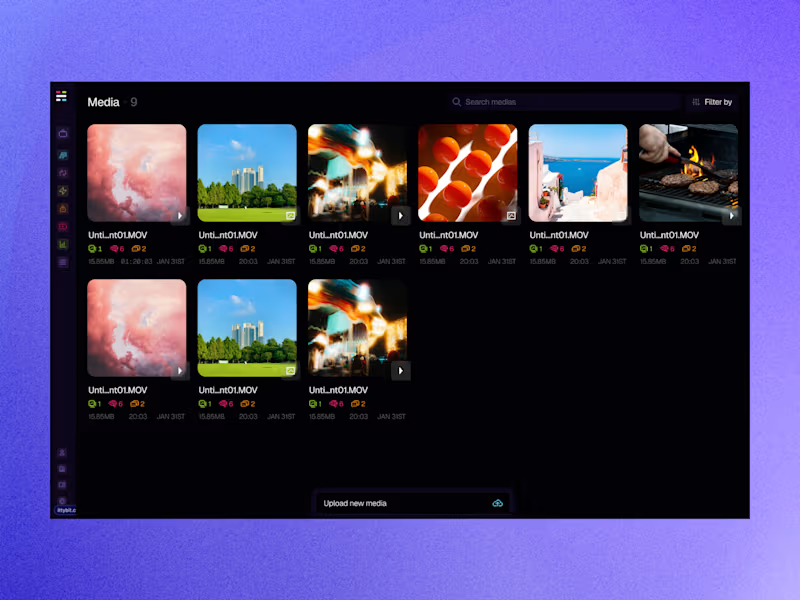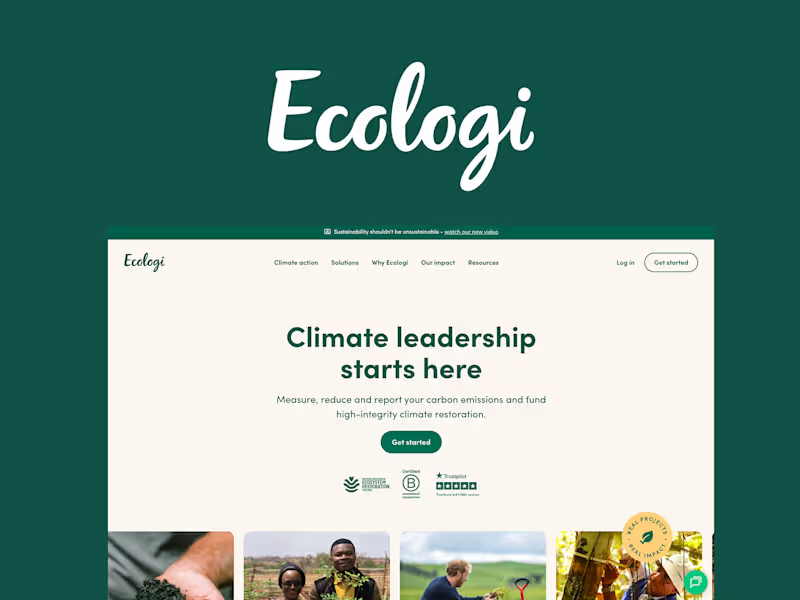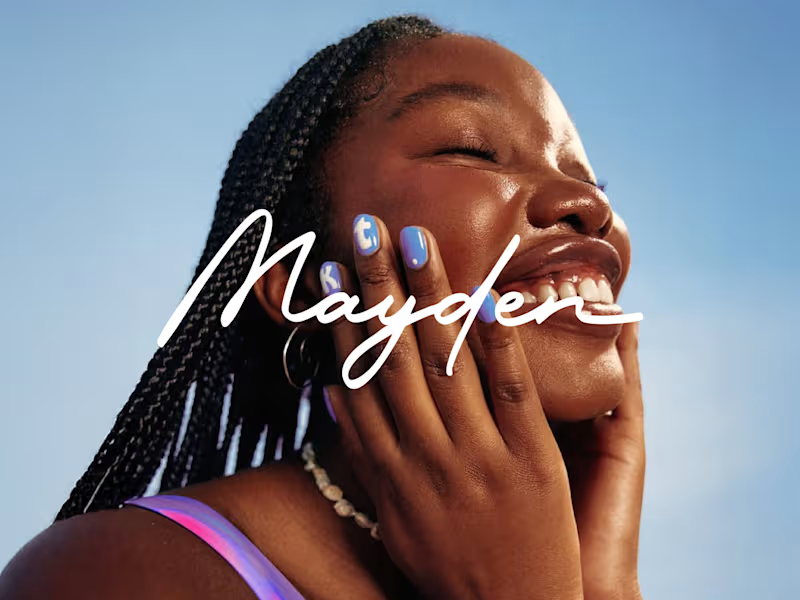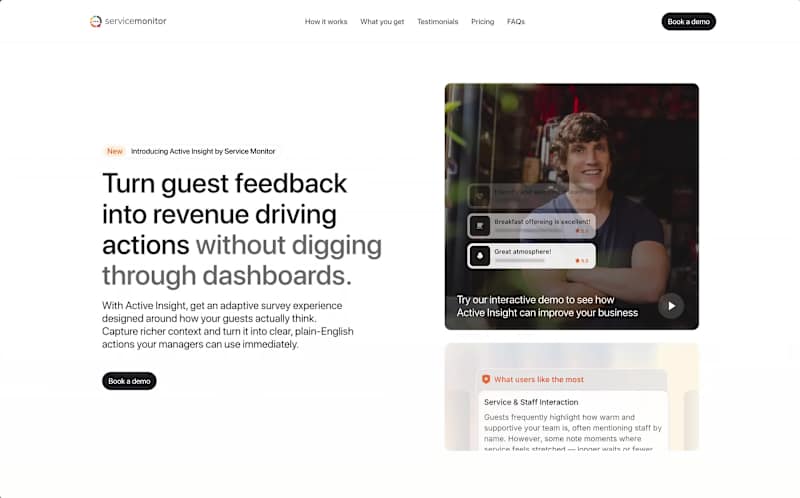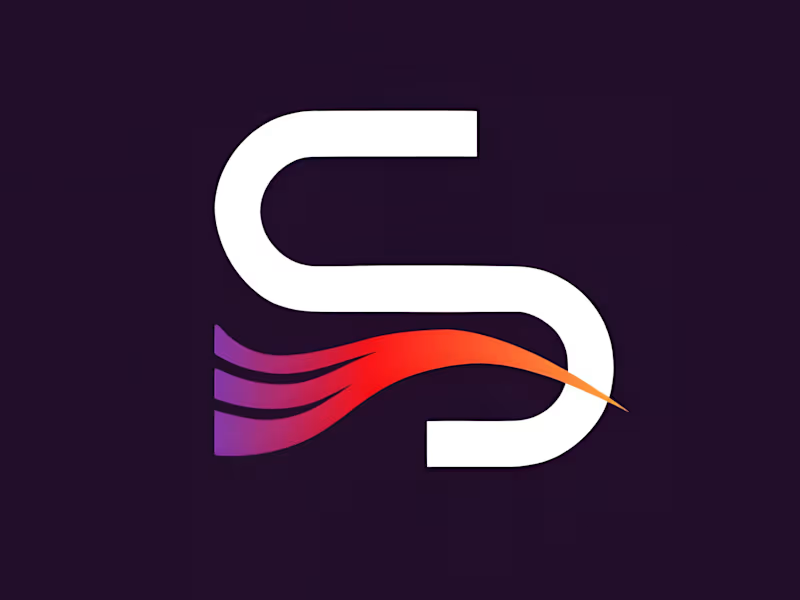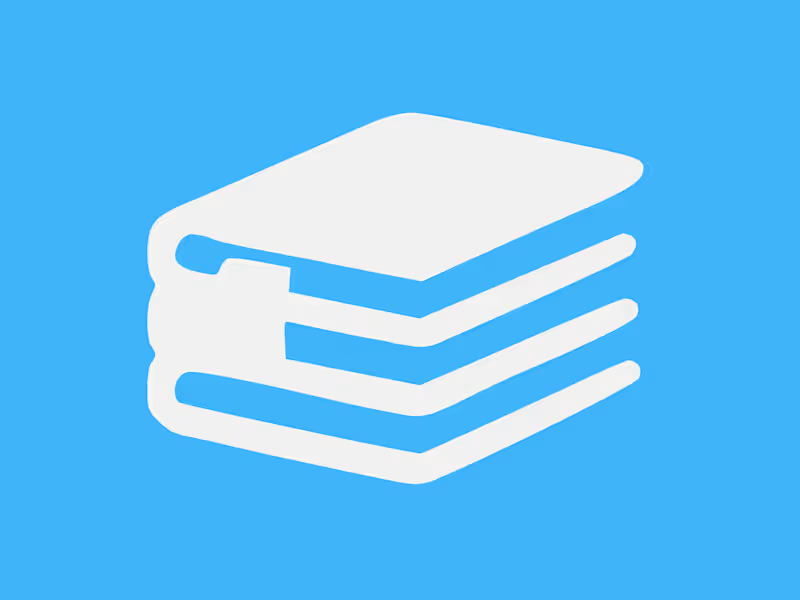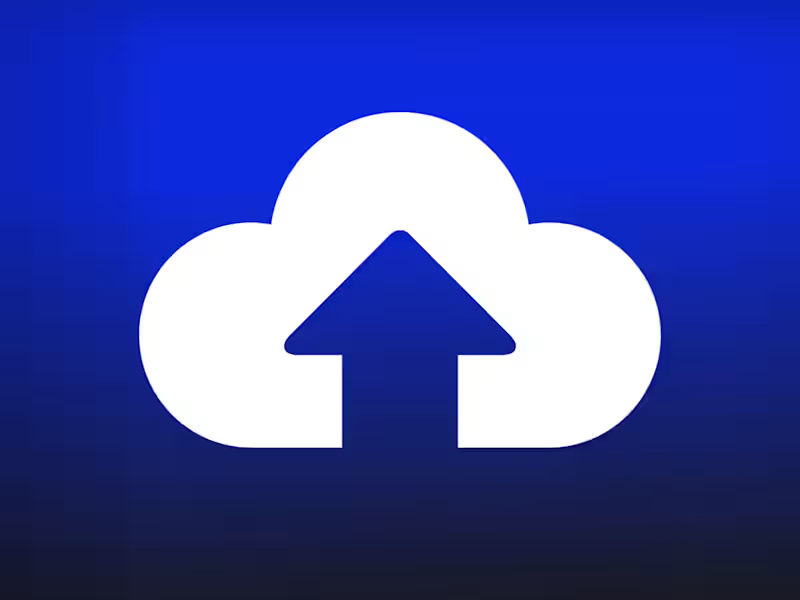What should I look for in a UX engineer's portfolio?
Check if they have past projects similar to yours. Look for diversity in their work, showing they can handle different challenges. Pay attention to the design's functionality and how user-friendly it looks.
How can I clearly define the project scope?
List your goals and what you want to achieve. Be clear about the deadlines and the project's scale. A solid outline helps the UX engineer know exactly what you need.
What should my project brief include?
Make sure it has your business goals and any specific user needs. Add details about your target audience and any design ideas you have. This helps the UX engineer make a plan that fits your vision.
How do I set a timeline for the project?
Break down the project into stages or milestones. Assign dates for each part, keeping some buffer time for any unexpected delays. This helps ensure everyone stays on track.
What's important about choosing communication tools?
Pick tools that everyone is comfortable using, like email or Slack. Make sure they allow easy sharing of files and feedback. Good communication helps the project go smoothly.
How can I ensure we're on the same page with design expectations?
Share reference designs that you like to give the UX engineer a starting point. Tell them about any brand guidelines they should follow. Regular check-ins help make sure the design is heading in the right direction.
How do I agree on deliverables?
Specify what the final product should include, like prototypes or user flows. Be clear about which formats you need the work delivered in. This prevents any misunderstandings later on.
How do I review the UX engineer's progress?
Set up weekly updates where you can see their work. Use these sessions to give feedback and make sure everyone is aligned. Consistent reviews help keep the project on target.
What is important for post-project support?
Clarify if you need any ongoing support or maintenance after the project ends. Discuss how long this support should last and any costs involved. This ensures you have help when you need it.
How do I create a comfortable working environment for the freelancer?
Encourage open communication where they can ask questions and share ideas. Respect their working hours and process. A friendly environment brings out the best in their work.
Who is Contra for?
Contra is designed for both freelancers (referred to as "independents") and clients. Freelancers can showcase their work, connect with clients, and manage projects commission-free. Clients can discover and hire top freelance talent for their projects.
What is the vision of Contra?
Contra aims to revolutionize the world of work by providing an all-in-one platform that empowers freelancers and clients to connect and collaborate seamlessly, eliminating traditional barriers and commission fees.
